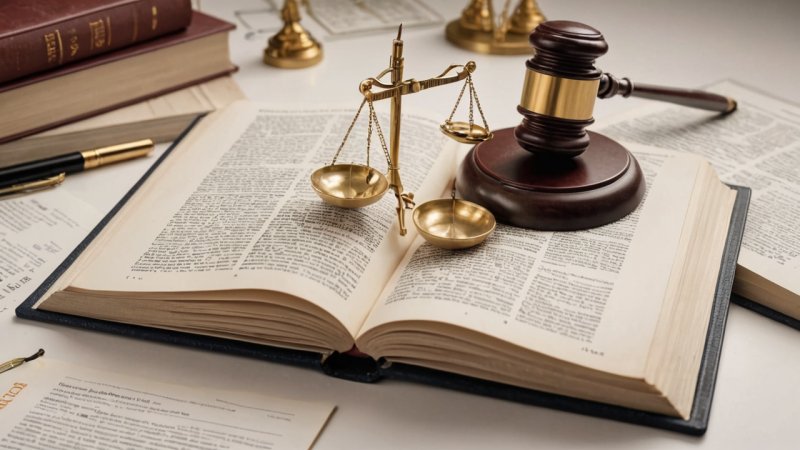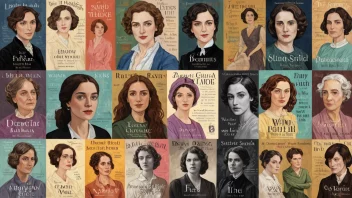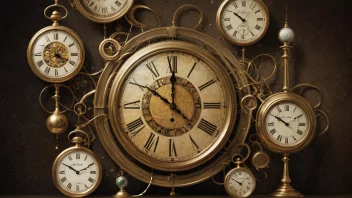Introduction
In this article, you will learn how non-fiction literature plays a critical role in shaping public policy. From understanding the mechanisms of influence to identifying key texts that have made an impact, this guide will provide you with a comprehensive understanding of the relationship between non-fiction literature and public policy. By the end of this article, you will have the tools to critically evaluate how non-fiction works can inform and influence governmental decisions and societal norms.
Step 1: Understand the Definition of Non-Fiction
To appreciate the influence of non-fiction on public policy, it’s essential to first understand what non-fiction literature encompasses. Non-fiction refers to texts that present factual information, analysis, or arguments. This includes:
- Biographies - Lives of prominent figures that can inspire policy changes.
- Documentaries - Investigative narratives that shed light on social issues.
- Essays - Thought-provoking arguments that address current events and policies.
- Research Reports - Studies that provide statistical data and findings relevant to policy-making.
Step 2: Identify Key Themes in Non-Fiction Literature
Non-fiction literature often explores themes that resonate with public policy debates. Some common themes include:
- Social Justice - Books discussing inequality, civil rights, and advocacy.
- Environmental Issues - Texts focusing on climate change and sustainable practices.
- Health and Wellness - Publications addressing public health policies and reforms.
- Economic Policies - Analyses of economic systems that influence governance.
Step 3: Explore Influential Non-Fiction Works
Several non-fiction texts have significantly impacted public policy. Familiarizing yourself with these works will enhance your understanding of their influence:
- The Jungle by Upton Sinclair - Highlighted labor exploitation and food safety, leading to regulatory reforms.
- Silent Spring by Rachel Carson - Sparked the environmental movement and led to the establishment of the EPA.
- Freakonomics by Steven D. Levitt and Stephen J. Dubner - Encouraged policymakers to think differently about economic incentives.
- Guns, Germs, and Steel by Jared Diamond - Provided insights into societal development and disparities.
Step 4: Analyze the Mechanisms of Influence
Understanding how non-fiction influences public policy involves analyzing several mechanisms:
- Public Awareness - Non-fiction raises awareness about issues, prompting public discourse and political action.
- Expert Opinions - Authors often serve as subject matter experts, lending credibility to their arguments.
- Policy Proposals - Many non-fiction works suggest specific policy changes, offering a roadmap for reform.
- Media Coverage - Non-fiction books often gain media attention, amplifying their reach and impact.
Step 5: Engage with Policy Discussions
To further understand the influence of non-fiction on public policy, engage in discussions surrounding these texts:
- Join Book Clubs - Participate in groups that focus on non-fiction literature and its impact on society.
- Attend Lectures and Panels - Many authors and experts discuss their works and implications for policy.
- Follow Online Forums - Engage with discussions on platforms like Reddit or Goodreads about influential non-fiction works.
- Write Reviews - Share your insights on how specific texts influence public perception and policy.
Step 6: Advocate for Change
Utilize your understanding of non-fiction literature to advocate for policy changes:
- Write to Legislators - Share insights from non-fiction works that support your policy recommendations.
- Start Petitions - Use data and arguments from non-fiction texts to rally support for social issues.
- Engage in Community Outreach - Organize events that promote discussion of relevant non-fiction literature.
- Leverage Social Media - Use platforms to spread awareness about non-fiction works and their implications for policy.
Conclusion
In summary, understanding the influence of non-fiction on public policy involves recognizing the definition of non-fiction, identifying key themes, exploring influential works, and analyzing the mechanisms of influence. By engaging in discussions and advocating for change, you can actively participate in the dialogue surrounding important non-fiction literature and its role in shaping public policy. Remember, your voice and insight can contribute to meaningful changes in society.






